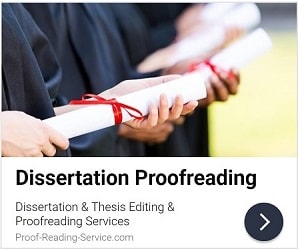When To Cite a Source While Preparing Academic Papers
Although it is sometimes assumed that any scholar who has reached the postgraduate level and certainly every one lucky enough to be conducting advanced research is absolutely certain about when to cite a source and, conversely, when not to cite a source, this is simply not true. Not only do many academics and scientists wrestle with citation decisions, but every situation like every scholarly text and every scholarly publisher is unique and will affect citation practices.
Generally speaking, knowledge that is considered general knowledge does not require a reference to a source. Of course, that word ‘general’ can be relative, varying from author to author and reader to reader. You may have come across examples of this fact in your reading. Older scholars who are well-established experts in their field will sometimes cite sources far less frequently than younger scholars, presumably because all that specialised knowledge has become general in their long and experienced perspectives. This can also occur when younger scholars, such as PhD candidates, are deeply immersed in a research project, such as a thesis, but it is less tolerated in these cases, so the best policy when in doubt is to cite the source. Your supervisor, instructor, editor or publisher will usually let you know if your citations are excessive or unnecessary.
On the other hand, you might be planning to submit your writing to a journal or press that provides very specific instructions on citing sources. Such guidelines can change the way you choose the sources to cite while presenting your research. For example, some journals will indicate a maximum number of citations for particular types of paper. The author of a short research paper may therefore be permitted to cite only twenty sources if he or she wishes to be published in that periodical. This often means deleting several sources that seem too important to remove, so it will be essential to cite primary or central sources for important trends or theories. An article by the originator of a theory or a book by the scholar who most thoroughly describes a trend would be appropriate, and so would the publication in which the research that overturned a trend or theory is presented. Remember that an article that surveys the scholarship in a particular area can cover a lot of ground by leading your readers to many sources.
In some cases the type of citations required by a journal or press will also have an influence on the sources you choose to cite. If, for instance, you are required to provide references in footnotes, there will also be room for commentary on those sources, but if you are using numerical or parenthetical references, any comments on them would have to be included in the main text, in which case you may want to eliminate sources that are related to your work but only via separate lines of thought. The position of references in a document is also important. If, as a few journals would have it, you can only include references at the end of each paragraph, they will stack up quickly without each being closely associated with individual facts and ideas, so fewer might prove more effective.
Finally, do not cite sources simply because a journal editor or peer reviewer wants you to cite their publications. You should consider their suggestions, of course, but only cite the sources that are truly relevant to your research and useful to your readers. A few informative sources closely linked to your research will always prove more valuable to readers than a myriad of resources without clear connections to your work.
You might be interested in Services offered by Proof-Reading-Service.com
Journal Editing
Journal article editing services
PhD Thesis Editing
PhD thesis editing services
Expert Editing
Expert editing for all papers
Medical Editing
Medical Editing Services
Research Editing
Research paper editing services
Book Editing
Professional book editing services

















